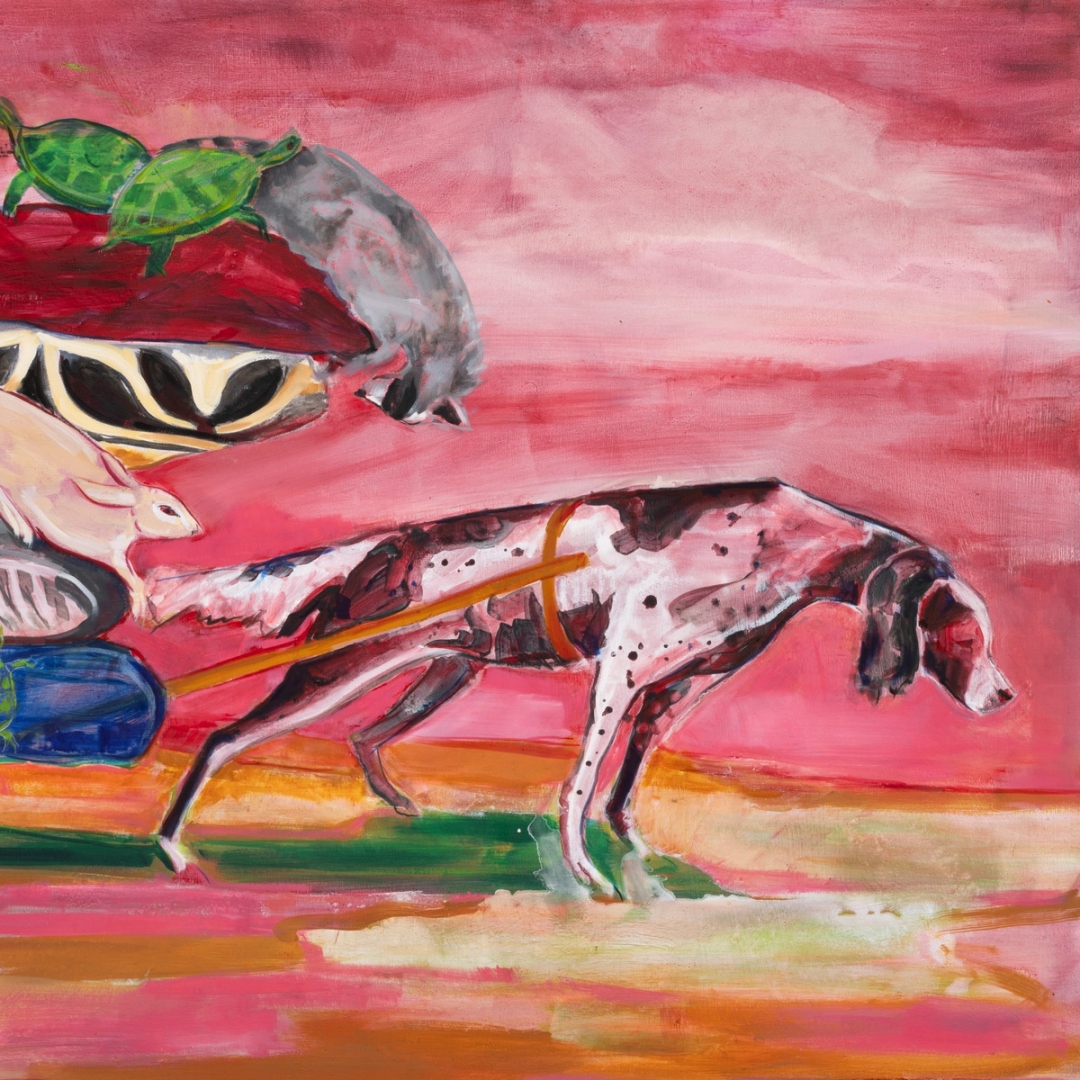Travoisby Julie Buffalohead
May 16 – Jun 27, 2025
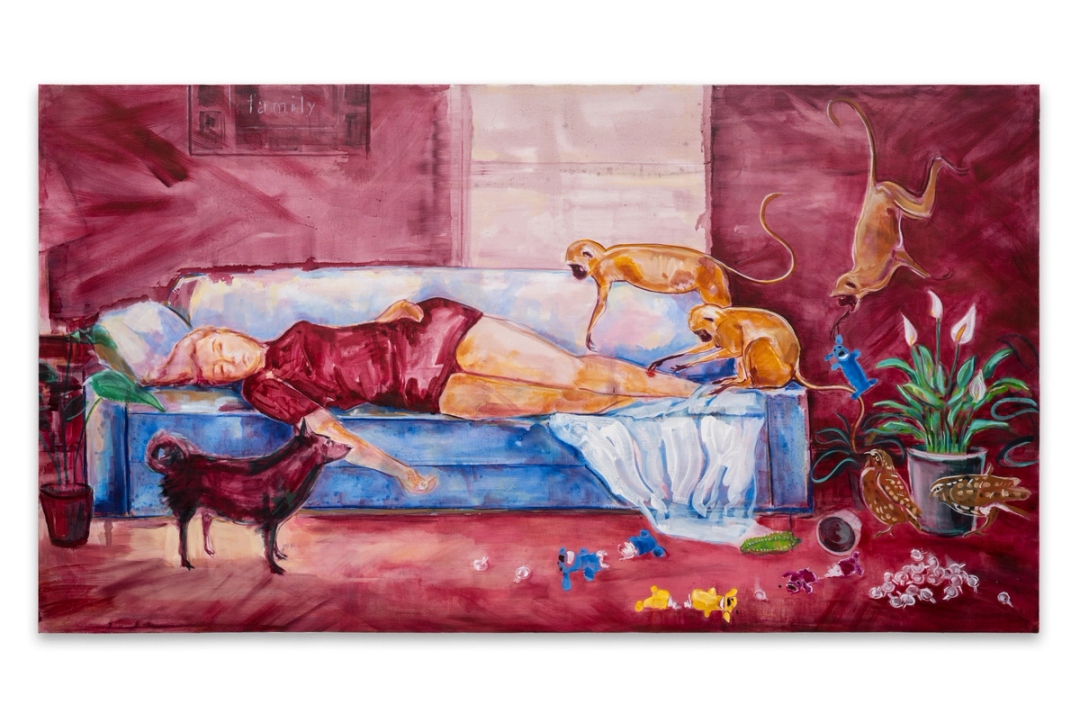
Julie Buffalohead. Ishtinike, 2025. Oil on canvas. 46 x 84 in.
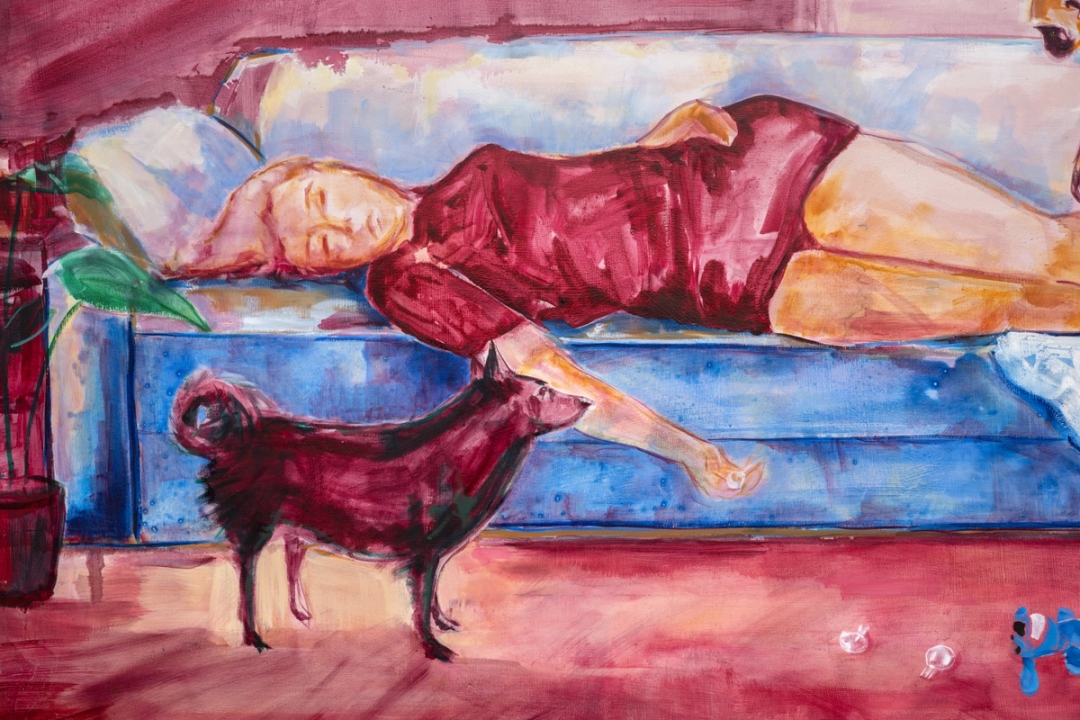
Julie Buffalohead. Ishtinike, 2025 [detail]. Oil on canvas. 46 x 84 in.
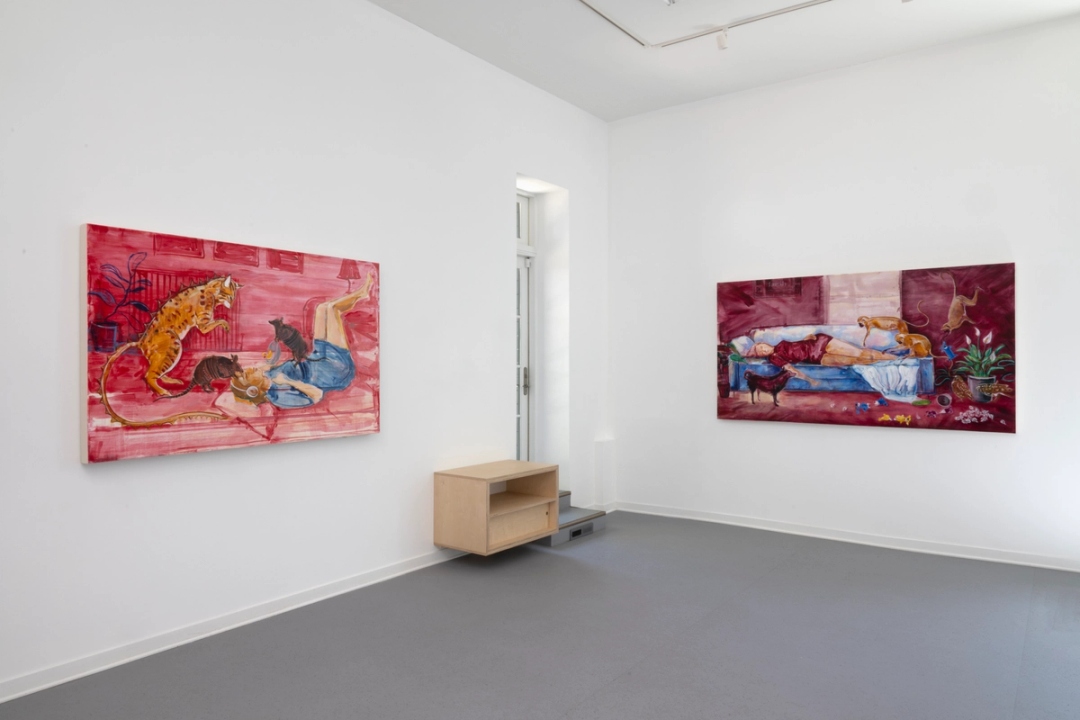
Installation view, Travois.
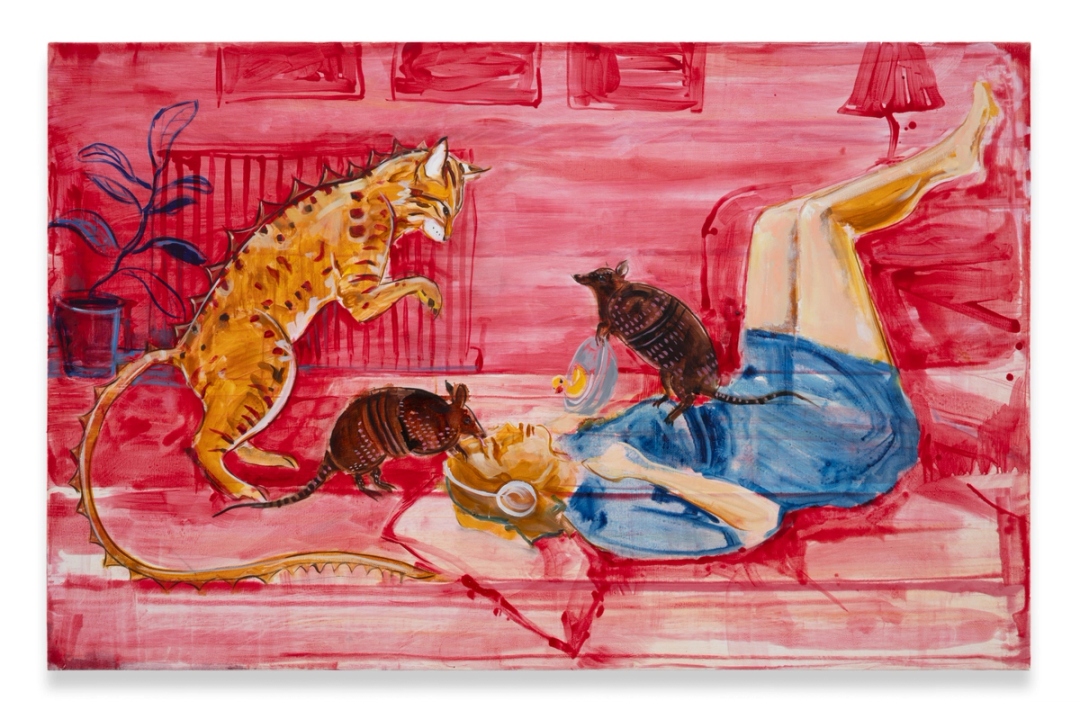
Julie Buffalohead. Oblivious, 2025. Oil on canvas. 42 x 66 in.
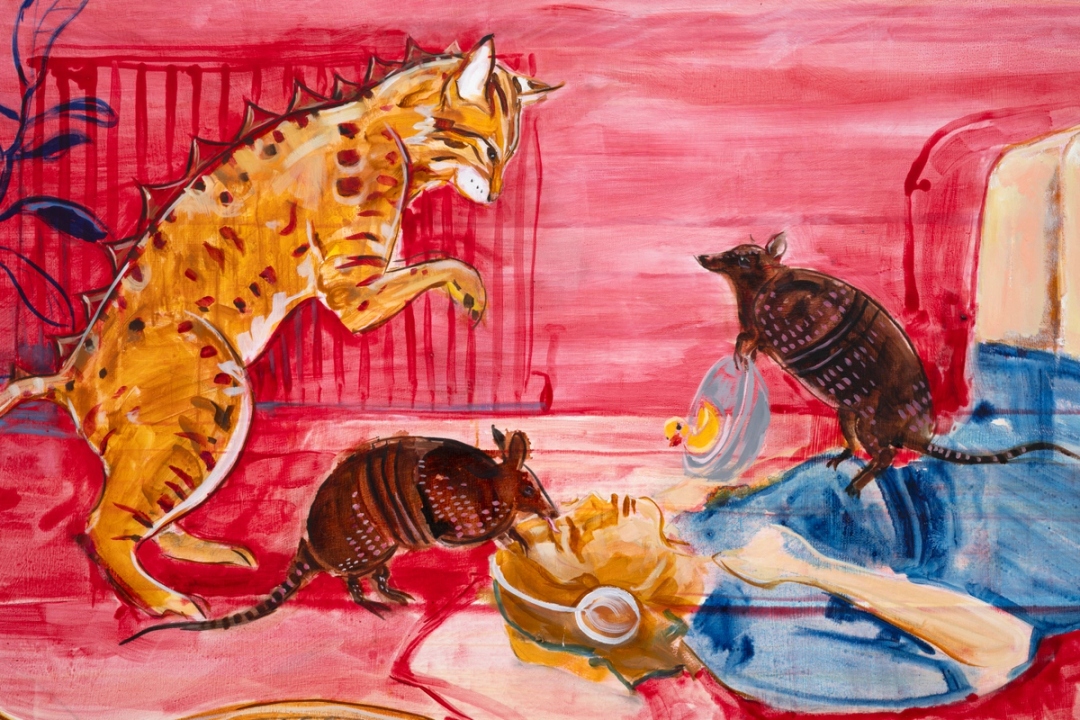
Julie Buffalohead. Oblivious, 2025 [detail]. Oil on canvas. 42 x 66 in.
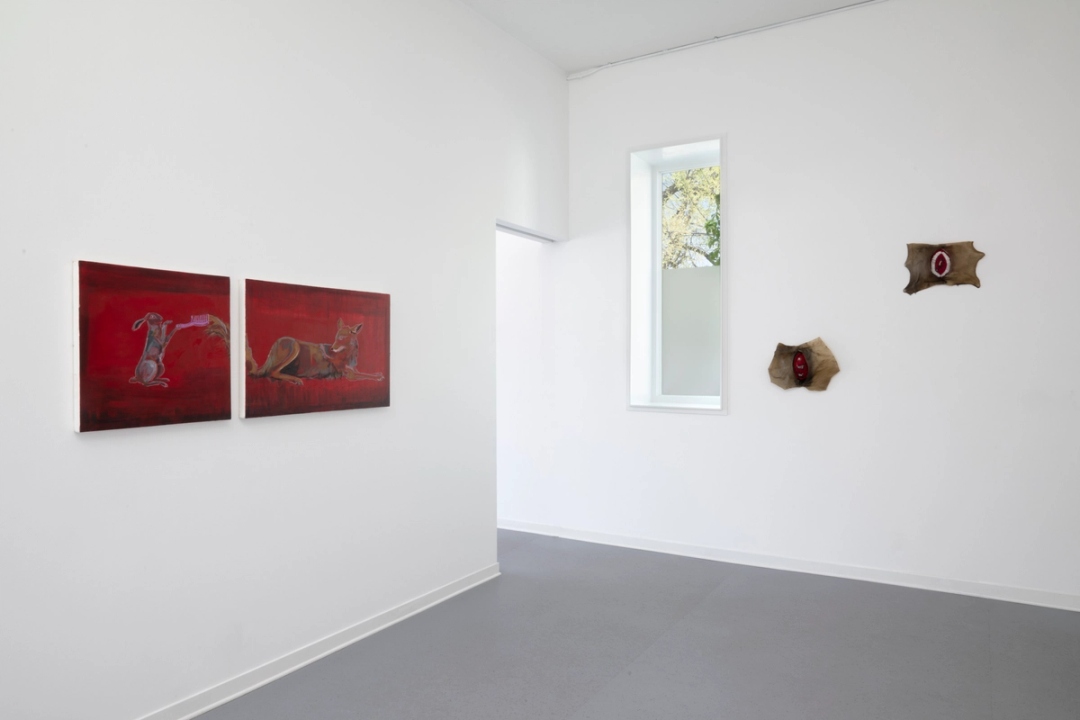
Installation view, Travois.
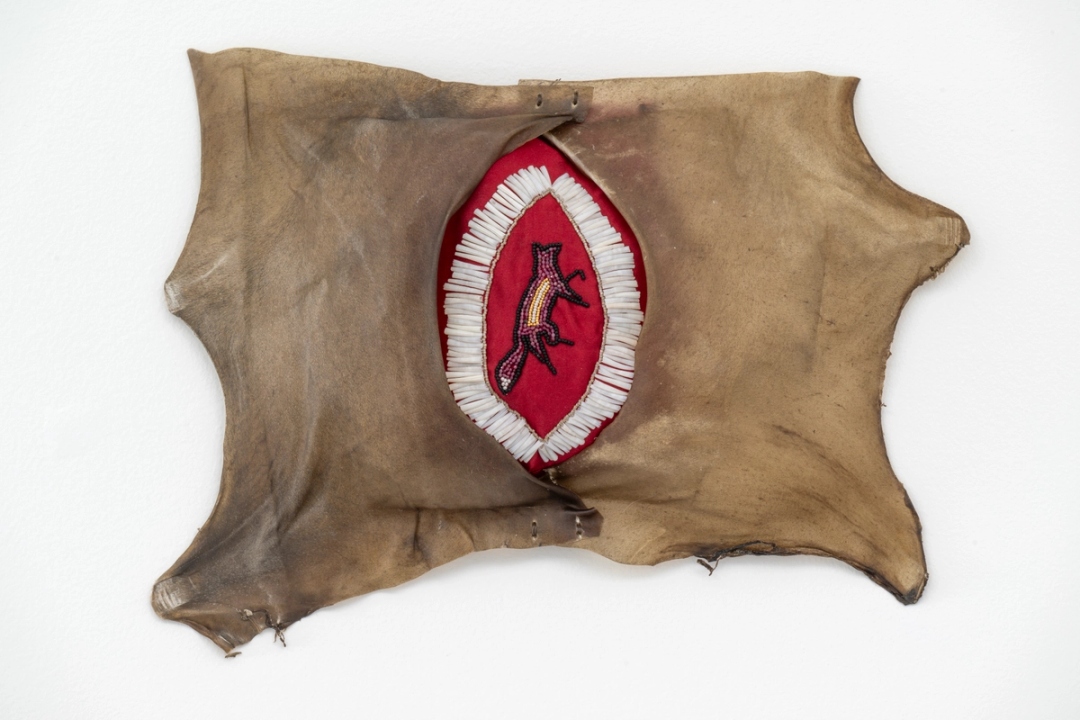
Julie Buffalohead. Appearing, 2025. Rawhide, beads, dentalium shells and fabric. 12 x 20 in.
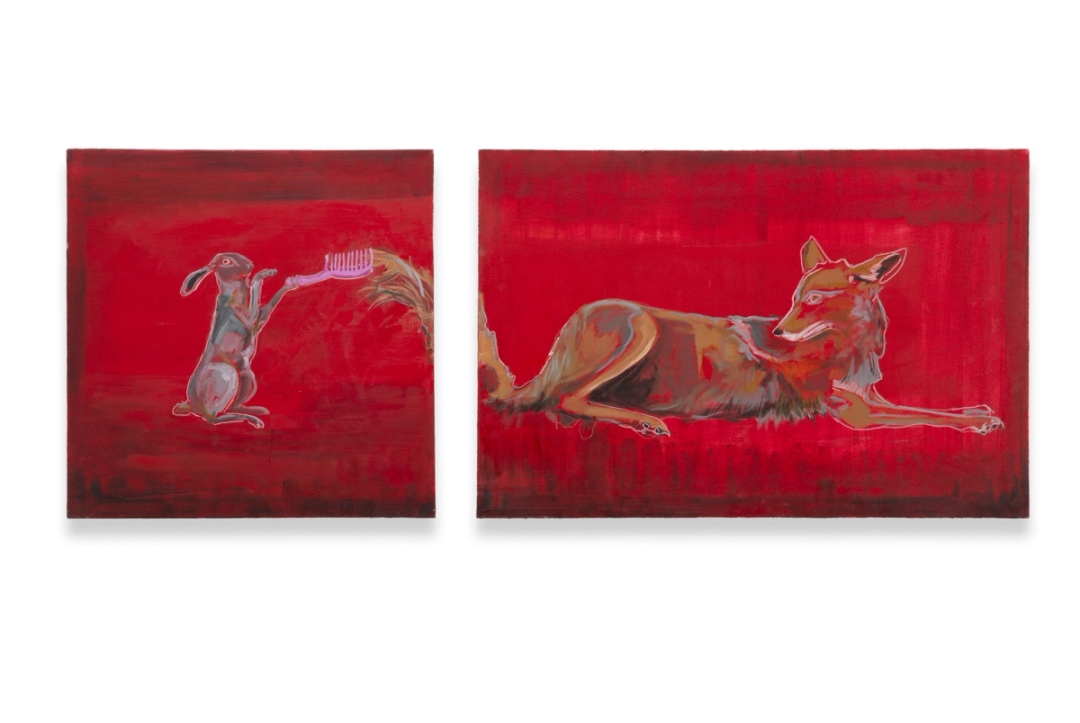
Julie Buffalohead. The Enduring Tail, 2025. Oil on canvas. 24 x 60 in.
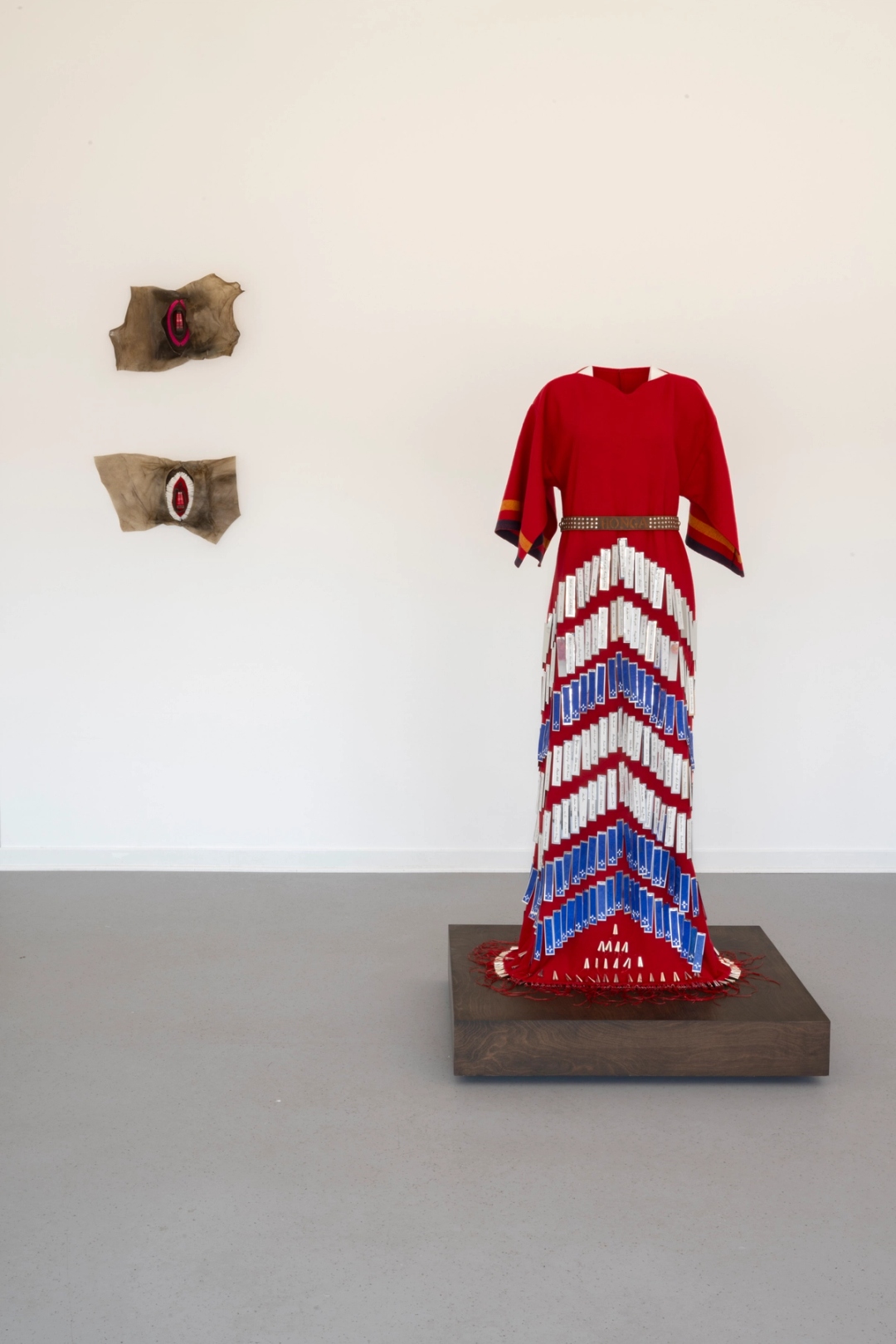
Installation view, Travois.
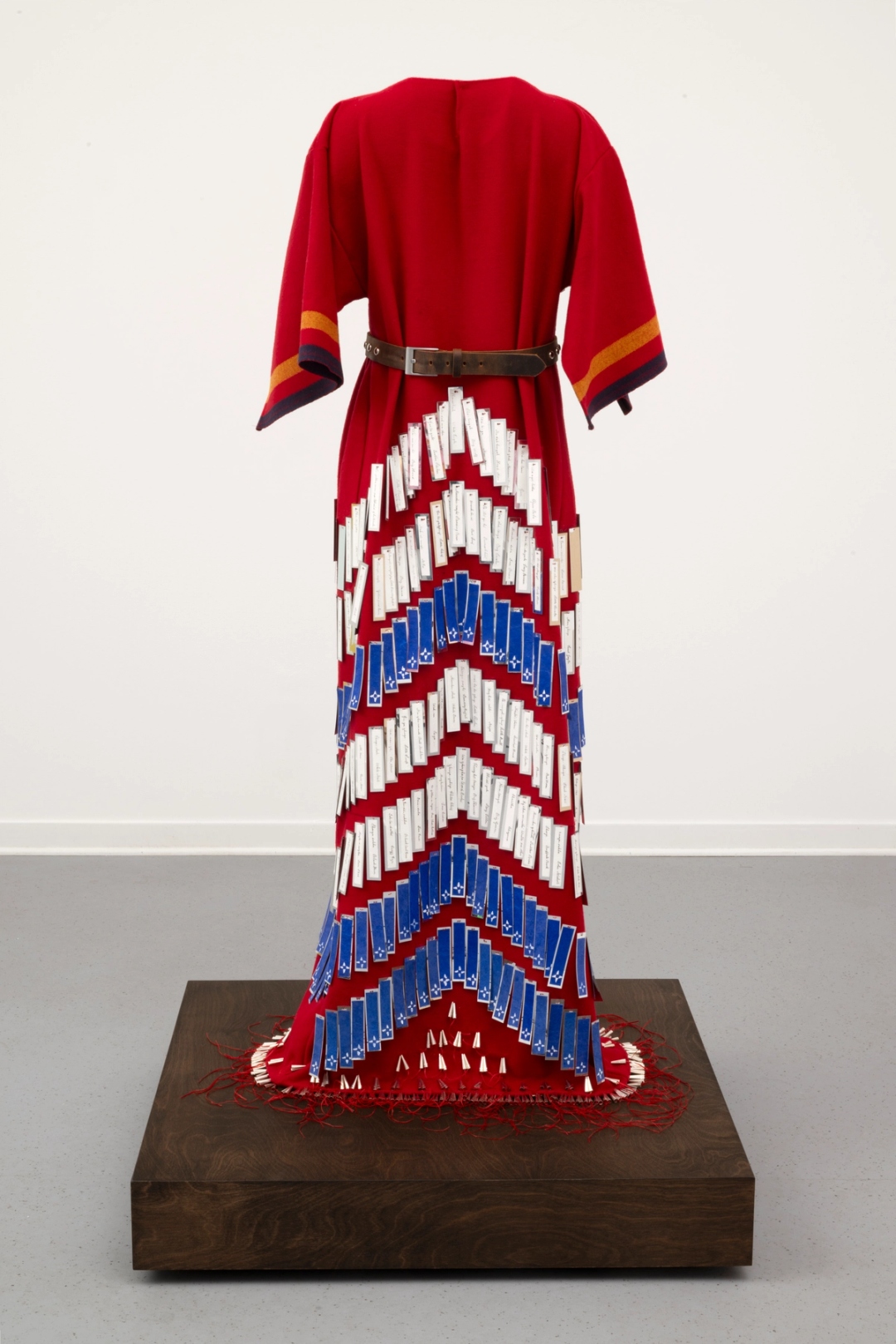
Julie Buffalohead. Ancestral (Honga), 2025 [reverse]. Wool, leather, mirrored plaques, bead cones. 60 x 21 x 10 in.
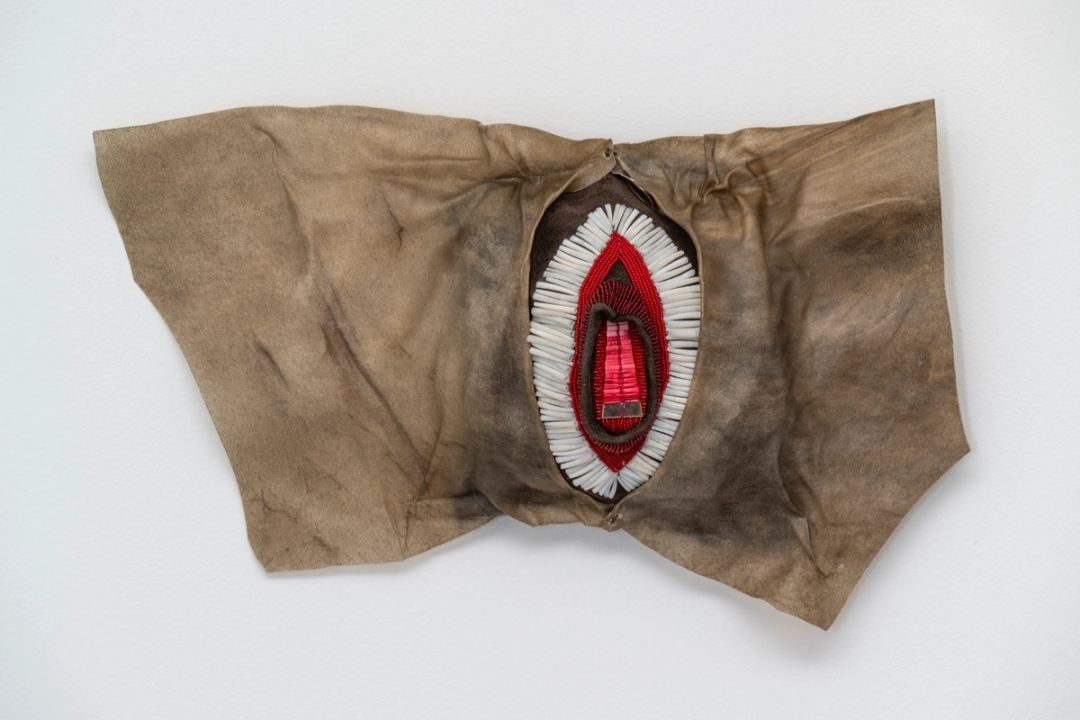
Julie Buffalohead. She Has Come Back Visibly, 2025. Rawhide, leather, beads, porcupine quills, dentalium shells and fabric. 12 x 20 in.
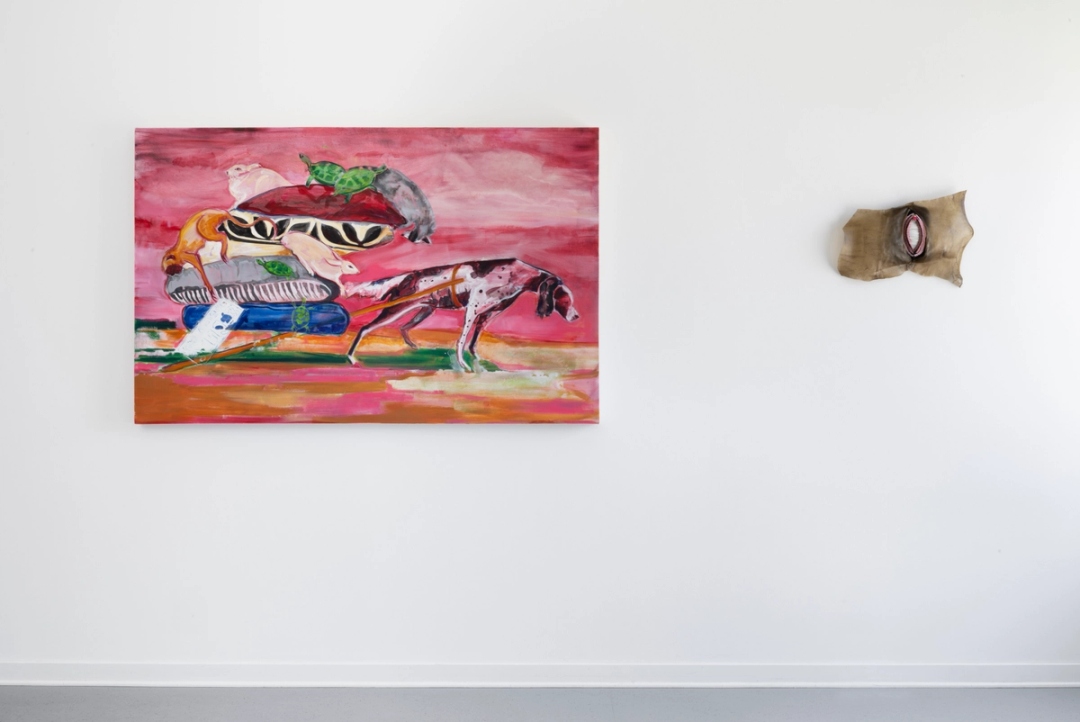
Installation view, Travois.
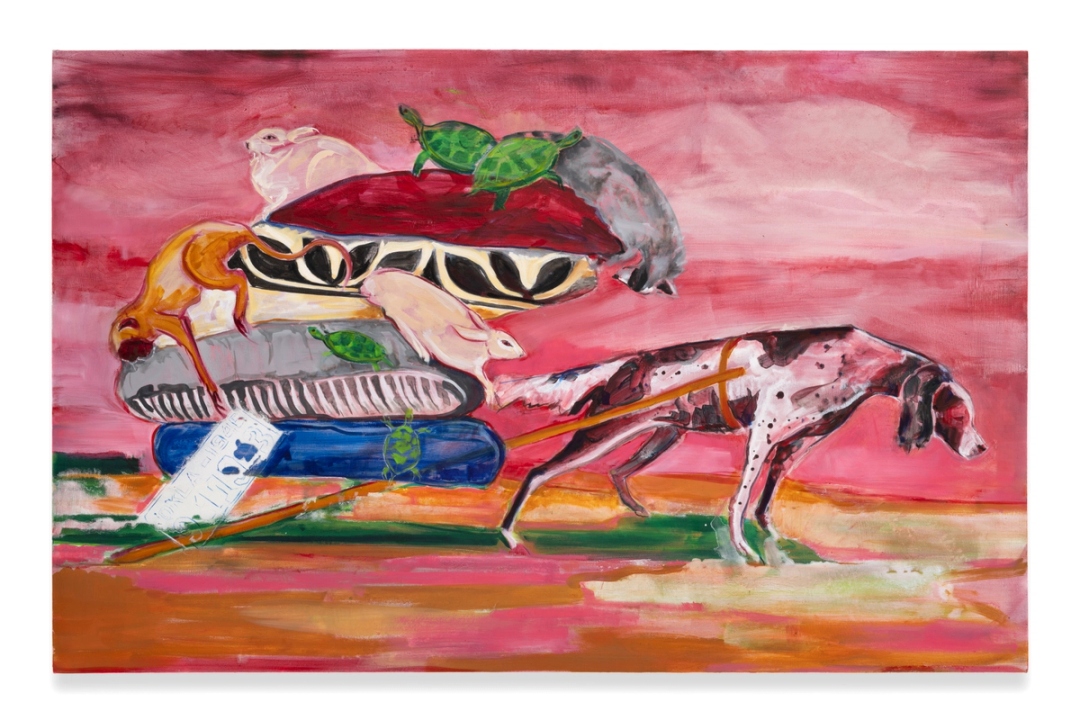
Julie Buffalohead. Travois, 2025. Oil on canvas. 42 x 66 in.
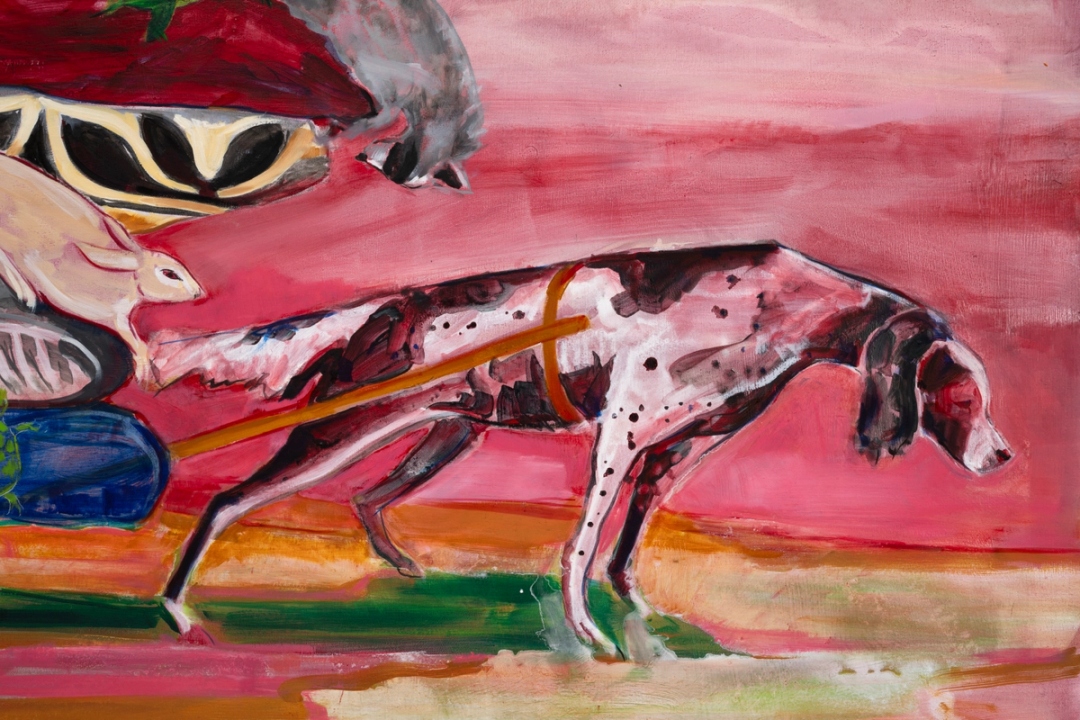
Julie Buffalohead. Travois, 2025 [detail]. Oil on canvas. 42 x 66 in.
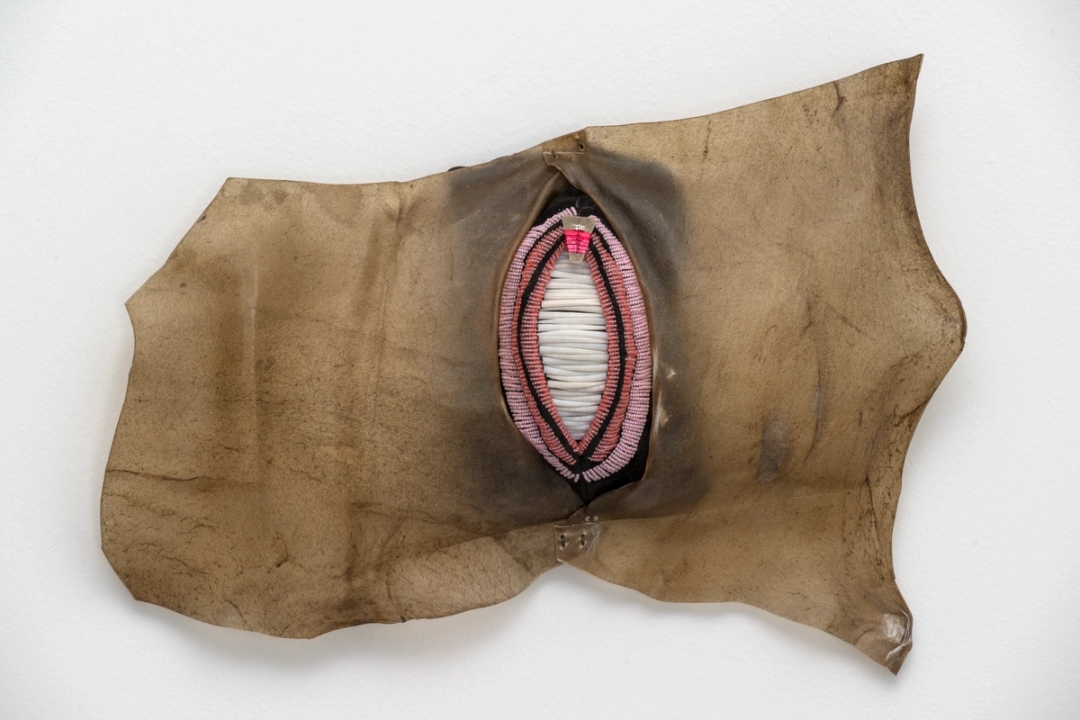
Julie Buffalohead. Seeking Her Own, 2025. Rawhide, leather, beads, porcupine quills, dentalium shells and fabric. 12 x 20 in.
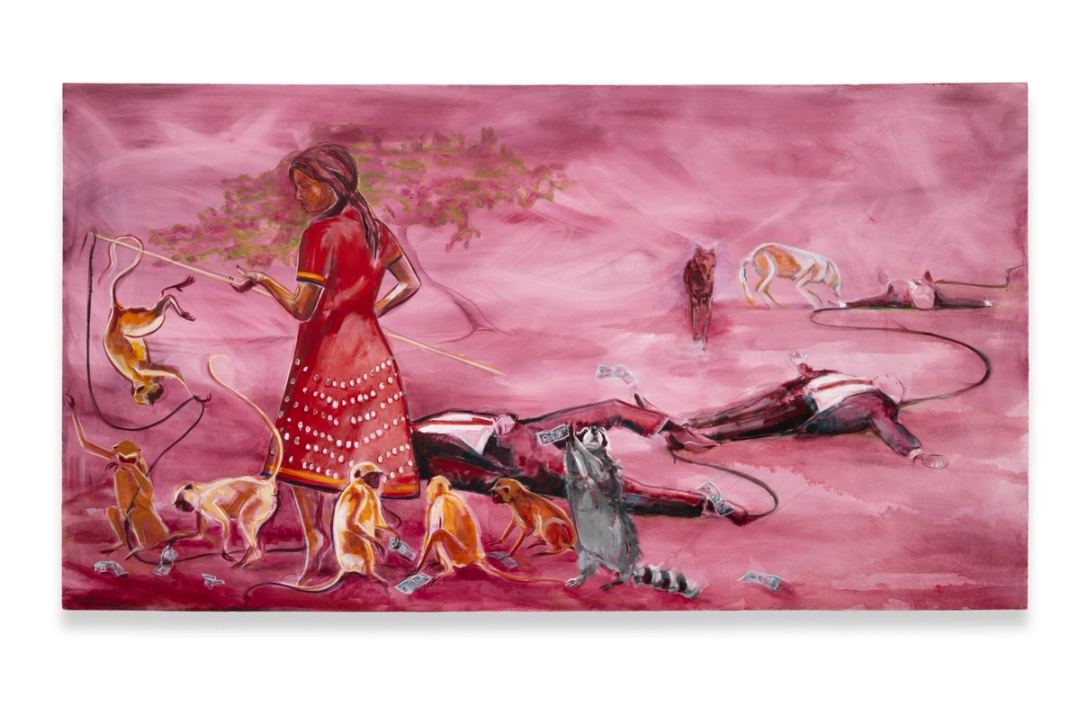
Julie Buffalohead. She who strews the ground with a long line of slain men, 2025. Oil on canvas. 46 x 84 in.

Julie Buffalohead. She who strews the ground with a long line of slain men, 2025 [detail]. Oil on canvas. 46 x 84 in.
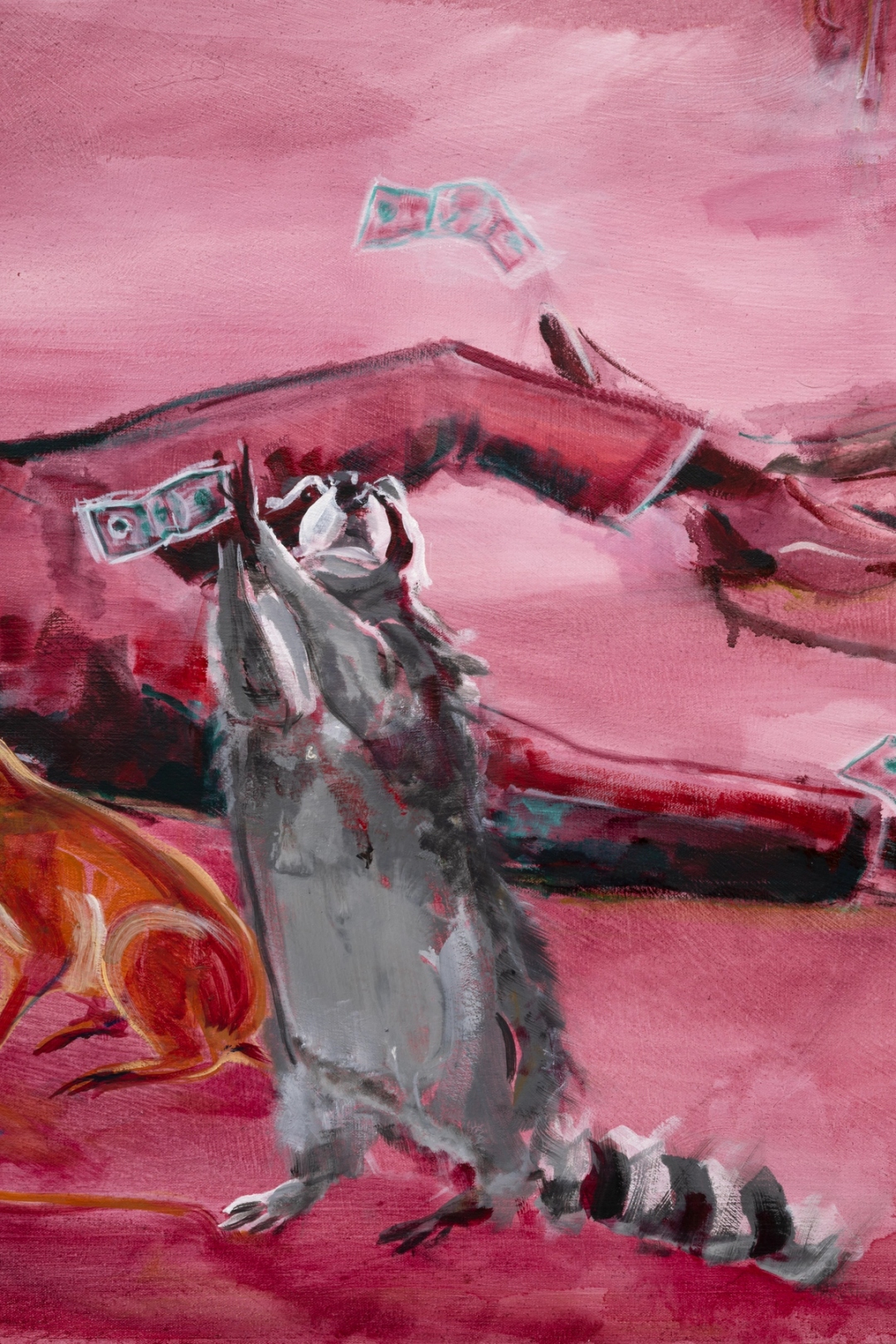
Julie Buffalohead. She who strews the ground with a long line of slain men, 2025 [detail]. Oil on canvas. 46 x 84 in.
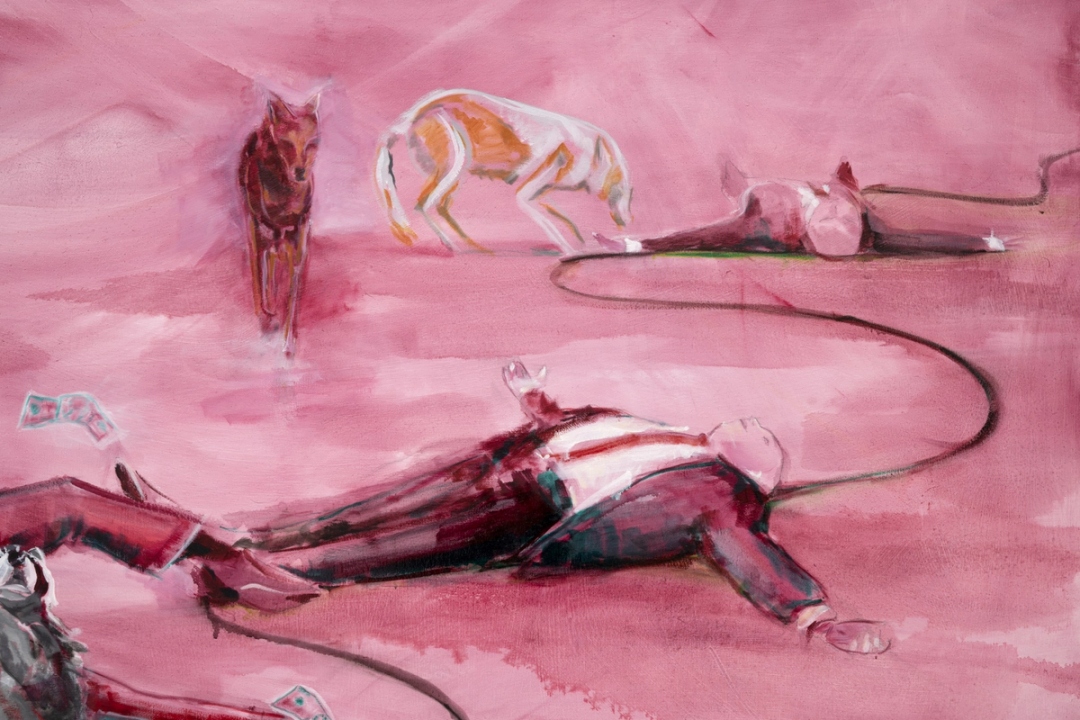
Julie Buffalohead. She who strews the ground with a long line of slain men, 2025 [detail]. Oil on canvas. 46 x 84 in.

Julie Buffalohead. Ishtinike, 2025. Oil on canvas. 46 x 84 in.

Julie Buffalohead. Ishtinike, 2025 [detail]. Oil on canvas. 46 x 84 in.

Installation view, Travois.

Julie Buffalohead. Oblivious, 2025. Oil on canvas. 42 x 66 in.

Julie Buffalohead. Oblivious, 2025 [detail]. Oil on canvas. 42 x 66 in.

Installation view, Travois.

Julie Buffalohead. Appearing, 2025. Rawhide, beads, dentalium shells and fabric. 12 x 20 in.

Julie Buffalohead. The Enduring Tail, 2025. Oil on canvas. 24 x 60 in.

Installation view, Travois.

Julie Buffalohead. Ancestral (Honga), 2025 [reverse]. Wool, leather, mirrored plaques, bead cones. 60 x 21 x 10 in.

Julie Buffalohead. She Has Come Back Visibly, 2025. Rawhide, leather, beads, porcupine quills, dentalium shells and fabric. 12 x 20 in.

Installation view, Travois.

Julie Buffalohead. Travois, 2025. Oil on canvas. 42 x 66 in.

Julie Buffalohead. Travois, 2025 [detail]. Oil on canvas. 42 x 66 in.

Julie Buffalohead. Seeking Her Own, 2025. Rawhide, leather, beads, porcupine quills, dentalium shells and fabric. 12 x 20 in.

Julie Buffalohead. She who strews the ground with a long line of slain men, 2025. Oil on canvas. 46 x 84 in.

Julie Buffalohead. She who strews the ground with a long line of slain men, 2025 [detail]. Oil on canvas. 46 x 84 in.

Julie Buffalohead. She who strews the ground with a long line of slain men, 2025 [detail]. Oil on canvas. 46 x 84 in.

Julie Buffalohead. She who strews the ground with a long line of slain men, 2025 [detail]. Oil on canvas. 46 x 84 in.
Travois, Julie Buffalohead’s debut solo exhibition at Dreamsong was co-curated with Jill Ahlberg-Yohe, Curator of the Cafesjian Art Trust Museum, and features five new paintings and seven mixed media sculptures. Interlacing Native American histories and beliefs with personal family narratives, the artist’s imaginative and wryly humorous practice uses allegory and symbolism to reconcile often painful legacies through the transformative and malleable properties of storytelling. Drawing from Native American oral and material culture, Buffalohead’s painterly renditions of women and animal spirits alongside sculptural objects in rawhide, beads, porcupine quills, dentalium and abalone shells revives and recontextualizes historically elided traditions.
Travois is centered on Ancestral (Honga) (2025), an artist-made trade cloth dress adorned with handmade mirrored plaques and cones that memorialize each member of the Ponca tribe illegally removed from Nebraska to Oklahoma by the federal government in 1877. Based on a United States census taken prior to their forced march to Indian Territory which lists the names and clans of male tribal members, their marriage status and number of children, Ancestral (Honga) stands defiantly against an act of state violence that resulted in the deaths of nearly a third of the tribe. A member of the Ponca Tribe of Oklahoma herself, and in possession of the census since childhood, Buffalohead’s sculpture is a meditation on the protracted and insidious reach of generational trauma, an effort to keep the Ponca Trail of Tears alive in cultural memory, and a monument to the hardship and perseverance of her people.
Buffalohead’s new paintings, which the artist builds atop aqueous, color-saturated grounds, are linked by a common rosy-pink hue and a shared cast of animal characters. The two largest works depict Ishtinike, a Ponca trickster hero who alternates between good deeds and malevolent acts. Adopting the form of mischievous vervet monkeys, they surround a female ringleader in She who strews the ground with a long line of slain men (2025). An indictment of the corruption of the country’s ascendant class of oligarchs, the work adopts the Ponca name of Buffalohead’s niece Shay Bah Kay Wah Lay and shows a sinuous line of dead businessmen relieved of their cash by the victorious monkeys and an industrious raccoon. In the painting Ishtinike (2025), these same monkeys pick at a scab on the leg of a woman napping beneath the type of generic, framed ‘Family’ print that hangs in kitchens and living rooms throughout the Midwest. Warily observed by a protective Schipperke dog, the painting alludes to the cyclical patterns of argument and recrimination that often characterizes interfamily dynamics, deftly satirizing our loved ones’ unique ability to reopen old wounds.
Depicting scenes that frame and excavate the persistence of the past in our present is a hallmark of the artist’s practice. So too is the powerful agency that we retain in how our stories are told, the lessons they hold and the heroes they ordain. In the work Travois (2025), the childhood dog of Buffalohead’s father – shot and killed by his brother during their Oklahoma youth – pulls a travois [1] laden with pillows, cushions, turtles, rabbits, a raccoon and a monkey. Standing in for the artist and her siblings, the animals rest comfortably on the building blocks of living room forts while the charge of carrying them through childhood is laid on the weary back of a faithful pet. While the painting’s precise meaning is open to interpretation, the hound’s unassailable dignity has survived the tests of time. To safeguard passage – from childhood to adulthood, from the reservations of Oklahoma to beyond, from the iniquities of history to the demands of the present – requires Herculean efforts.
The origins of this strength and tenacity are further explored in a new series of rawhide sculptures. Adapting Native craft techniques such as wrapping porcupine quills and lane-stitched beadwork, and using materials including dentalium and abalone shells, Buffalohead has returned to ancestral traditions in her art practice for the first time in many years. The wall-mounted reliefs allude to matrilineal tribes and Native American origin stories which conceptualize life as emerging from a hole in the sky, a form which parallels female anatomy. The adornment of the interior explodeswith life while the rawhide, sourced from the offcuts of an Indigenous drum-maker, acts a substrate through which life emerges. These objects espouse a feminist worldview that discursively and materially extol the generational transfer of knowledge from woman to woman. Like Buffalohead’s practice as a whole, they reach back into myth and history, resurrecting and reframing stories of the past to cast light on the present.
[1] A travois an a-framed wooden structure lashed to dogs, horses and other pack animals for the transport of goods. It was traditionally used by members of the Plains Indian tribes.
ABOUT THE ARTIST
Julie Buffalohead (b. 1972, Minneapolis, MN) is a member of the Ponca Tribe of Oklahoma. She received her BFA from the Minneapolis College of Art and Design and her MFA from Cornell University. She is the recipient of numerous awards and fellowships including the Pollock-Krasner Foundation Grant, Lillian Orlowsky and William Freed Grant, Guggenheim Fellowship, Joan Mitchell Foundation Painters and Sculptors Grant, and the McKnight Foundation Fellowship for Visual Arts.
Buffalohead has had solo exhibitions at the Minneapolis Institute of Arts; Denver Art Museum; Highpoint Center for Printmaking, Minneapolis; the Museum of Contemporary Native Arts, Santa Fe, NM; and the Smithsonian National Museum of the American Indian, New York.
Her work is in the collections of the Minneapolis Institute of Arts; Walker Art Center, Minneapolis; Denver Art Museum; Davis Museum, Wellesley, MA; Field Museum, Chicago; Nelson-Atkins Museum of Art, Kansas City, MO; Eiteljorg Museum, Indianapolis, IN; Detroit Institute of Arts, MI; Weatherspoon Art Museum, University of North Carolina, Greensboro; Weisman Art Museum, University of Minnesota, Minneapolis; Yale University Art Gallery, New Haven, CT; among others. Julie Buffalohead is represented by Jessica Silverman, San Francisco.
Artist(s)
Julie Buffalohead